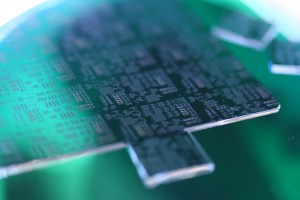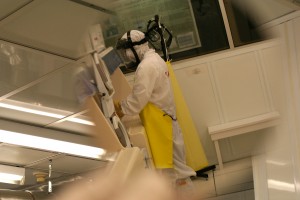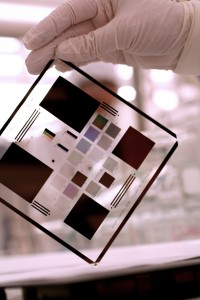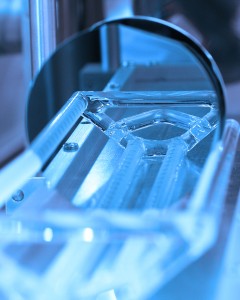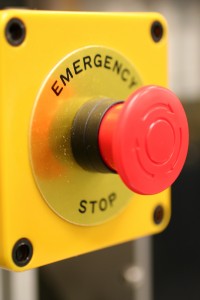The nanoFAB invites you to a characterization seminar sponsored by Systems For Research.
We are pleased to host Dr. Thomas Grehl, from ION-TOF GmbH, Münster, Germany, who will be presenting recent development of LEIS technology and its application in surface characterization.
“Low Energy Ion Scattering for the quantitative analysis of the outer atomic layer”
Where: ETLC E1-017
When: 2-3:30pm, Wednesday, November 2nd, 2016
Light refreshments to be provided.
This seminar is open to the public, and no registration is required.
Dr. Thomas Grehl
ION-TOF GmbH, Heisenbergstr. 15, 48149 Münster, Germany, thomas.grehl@iontof.com
Low Energy Ion Scattering (LEIS) is a technique that allows the analysis of the outer atomic layer with respect to the elemental composition. Its unique features are;
• ultimate surface sensitivity (outermost atomic layer)
• straight-forward quantification even on rough surfaces and insulators
• non-destructive in-depth information of the first few nm below the sample
• high detection sensitivity
In LEIS, noble gas ions with a kinetic energy of a few keV are scattered from individual surface atoms. In the Qtac instrument, a dedicated electrostatic analyser allowing large collection efficiency and parallel detection of a range of energies is used for the detection of the elastically scattered ions. From the kinetic energy of the scattered ions, the mass of the scattering partner in the surface can be determined. This analyser design is crucial for the practical application of the technique, as the ion fluence can be kept low enough to avoid the modification of the surface during analysis and still achieve sufficient mass resolution and high sensitivity.
Please contact Peng Li (Peng.Li@ualberta.ca) if you have any questions.

